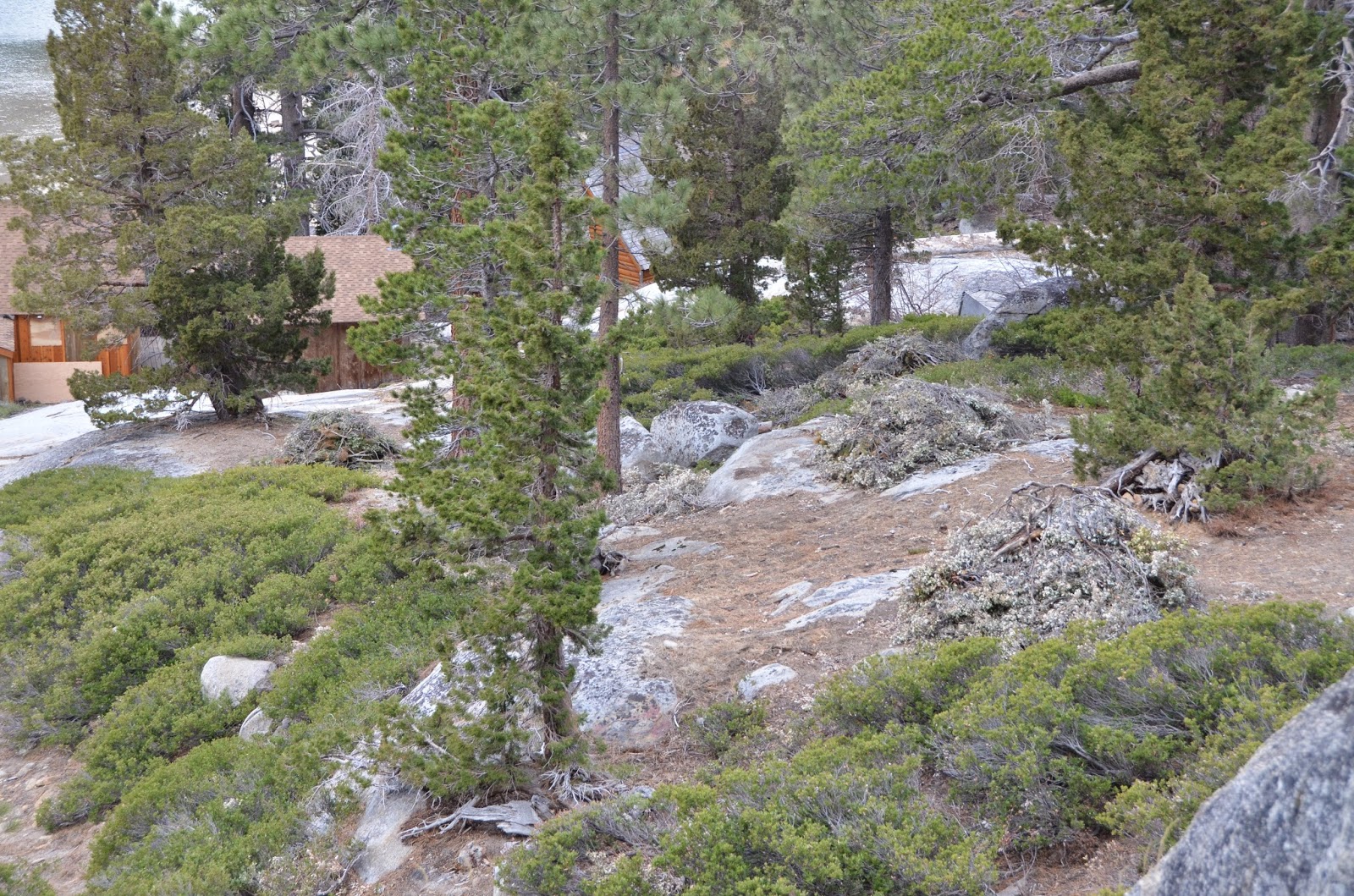Forest Service FOIA Response Inadequate; Appeal Pending

As already reported on this blog, the Forest Service responded to a FOIA request for records related to the Upper Echo Lake Hazardous Fuels Reduction Project by withholding large amounts of material the agency was obliged to disclose. One of the more egregious examples is an e-mail from Forest Service staff to Regional Water Quality Control Board staff displayed below. The agency invokes the attorney-client privilege for a communication on which there are no attorneys. And it claims deliberative process for a communication not only outside the agency but to a state government employee acting in a regulatory capacity. This is plainly contrary to the law.


